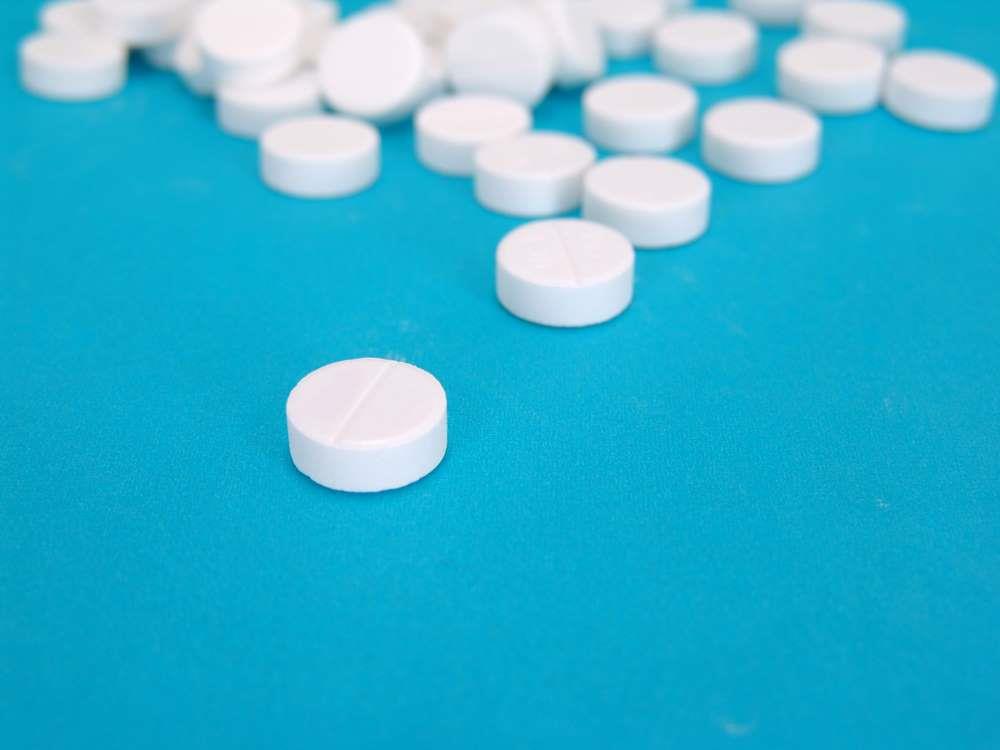April 20, 2014
LONDON: Scientists have produced a new nano-membrane, made out of the 'super material' graphene, which is over 100,000 times thinner than the diameter of a human hair.

The new membrane is as thin as is technologically possible and can open the door to a new generation of functional waterproof clothing and ultra-rapid filtration, researchers said.
April 20, 2014
LONDON: Scientists have produced a new nano-membrane, made out of the 'super material' graphene, which is over 100,000 times thinner than the diameter of a human hair.

The new membrane is as thin as is technologically possible and can open the door to a new generation of functional waterproof clothing and ultra-rapid filtration, researchers said.
The membrane consists of two layers of the much exalted "super material" graphene, a two-dimensional film made of carbon atoms, on which the team of researchers, led by Professor Hyung Gyu Park at the department of mechanical and process engineering at ETH Zurich, etched tiny pores of a precisely defined size.
The membrane can thus permeate tiny molecules. Larger molecules or particles, on the other hand, can pass only slowly or not at all.
"With a thickness of just two carbon atoms, this is the thinnest porous membrane that is technologically possible to make," said Jakob Buchheim, one of the two lead authors of the study, which was conducted by ETH-Zurich researchers in collaboration with scientists from Empa and a research laboratory of LG Electronics.
The ultra-thin graphene membrane may one day be used for a range of different purposes, including waterproof clothing.
"Our membrane is not only very light and flexible, but it is also a thousand fold more breathable than Goretex," said Kemal Celebi, one of the lead authors of the study.
The membrane could also potentially be used to separate gaseous mixtures into their constituent parts or to filter impurities from fluids.
The researchers were able to demonstrate for the first time that graphene membranes could be suitable for water filtration.
They also see a potential use for the membrane in devices used for the accurate measurement of gas and fluid flow rates that are crucial to unveiling the physics around mass transfer at nanoscales and separation of chemical mixtures.
The study was published in journal Science.
















































































































